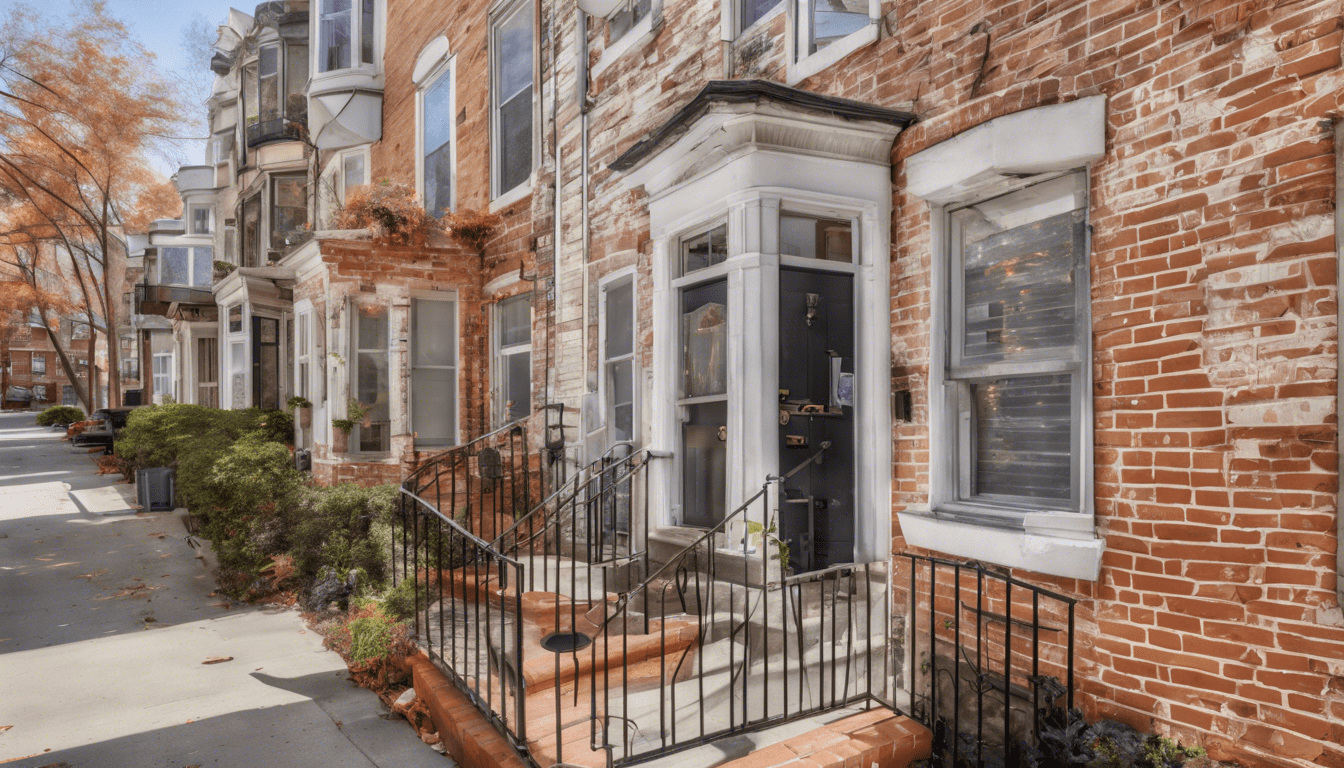Maximizing the occupancy rate of Houses in Multiple Occupation (HMOs) is crucial for property owners and managers aiming to secure steady cash flow and improve their overall investment performance. With the property rental market becoming increasingly competitive, understanding how to effectively manage and boost your HMO property occupancy rate is essential. This article will explore the intricacies of HMO property occupancy rates, share proven strategies to enhance occupancy, and provide methods for measuring and analyzing your property’s performance to ensure effective management and long-term success.
Key Takeaways
- Understanding HMO property occupancy rates is crucial for rental success.
- Implementing effective marketing strategies can significantly boost occupancy rates.
- Regularly assessing your property’s condition can attract more tenants.
- Utilizing tenant feedback helps identify areas for improvement.
- Analyzing performance metrics enables data-driven decision making to enhance occupancy.
Understanding HMO Property Occupancy Rates
Understanding HMO property occupancy rates is crucial for investors and landlords aiming to maximize their rental income. HMO, or Houses in Multiple Occupation, typically refers to properties rented out to three or more individuals who are not part of the same household, sharing common facilities such as kitchens and bathrooms. The occupancy rate of HMO properties can be influenced by various factors such as location, property condition, rental pricing, and local demand for shared accommodation (Baker & Juresh, 2020). To maintain a high occupancy rate, landlords should consider optimizing their marketing efforts, ensuring properties are well-maintained, and setting competitive rental prices. Moreover, understanding the local rental market trends and maintaining good tenant relationships can significantly impact occupancy rates. Given the potential returns of HMO investments, landlords need to prioritize these factors to achieve successful property management.
Proven Strategies to Boost Your HMO Property Occupancy
In the competitive landscape of rental properties, achieving a high HMO (House in Multiple Occupation) property occupancy rate is essential for maximizing profitability. Several proven strategies can enhance your occupancy levels effectively. First, tailoring your property to attract a diverse tenant demographic can widen your appeal; this may include offering a mix of furnished and unfurnished rooms or adjusting rental prices based on local market trends. Additionally, active engagement with potential tenants through effective marketing techniques—such as leveraging social media platforms and online property listings—can increase visibility (Gosling, 2020).
Moreover, ensuring your property is well-maintained and furnished with essential amenities can significantly influence tenant satisfaction and retention (Smith, 2021). Developing a rapport with existing tenants and encouraging them to recommend your property to friends can also foster a community atmosphere, further boosting your HMO property occupancy rate. Additionally, implementing a flexible approach to lease agreements, such as short-term leases, can attract a wider range of tenants, including students and professionals in transition. In conclusion, by adopting these strategies, landlords can enhance their HMO property occupancy rates and ensure sustainable revenue streams.
‘Success usually comes to those who are too busy to be looking for it.’ – Henry David Thoreau
Measuring and Analyzing Your HMO Property Performance
Measuring and analyzing your HMO (House in Multiple Occupation) property performance is crucial for maximizing investment returns. One of the key metrics to consider is the HMO property occupancy rate. This rate reflects the proportion of occupied rooms compared to the total available rooms in your property and serves as an indicator of how well you are managing your rental space. To calculate the occupancy rate, simply divide the number of occupied rooms by the total number of rooms and multiply by
100. For instance, if your HMO property has 5 rooms and 4 are occupied, your occupancy rate would be (4/5) x 100 = 80%. A higher occupancy rate typically suggests effective management and marketing strategies, whereas a lower rate may indicate potential issues with pricing, tenant satisfaction, or competition in the local rental market (Ghosh, 2021). Analyzing this metric regularly can guide property owners in making informed decisions, ensuring they maintain a profitable and appealing environment for tenants. To further enhance performance, consider implementing feedback systems for tenants and regularly reviewing local rental trends which can help adjust pricing and marketing strategies effectively (Smith, 2022).
For more information on optimizing HMO properties, visit the [National Landlords Association](https://www.landlords.org.uk) or check out related articles on property management best practices.
Follow us for more info.







